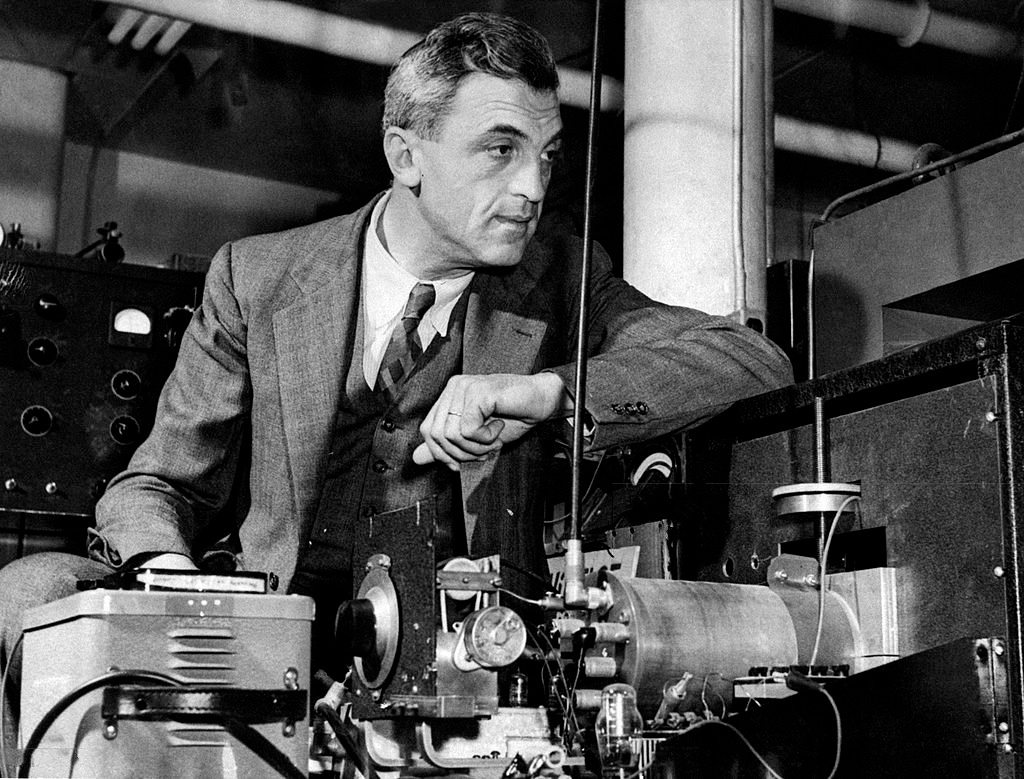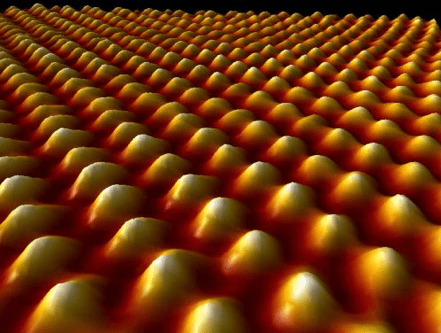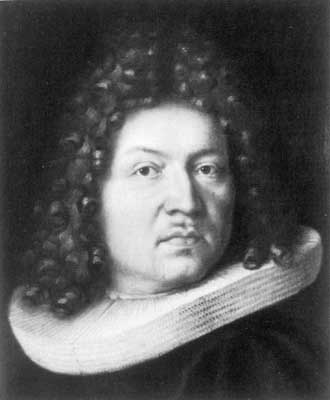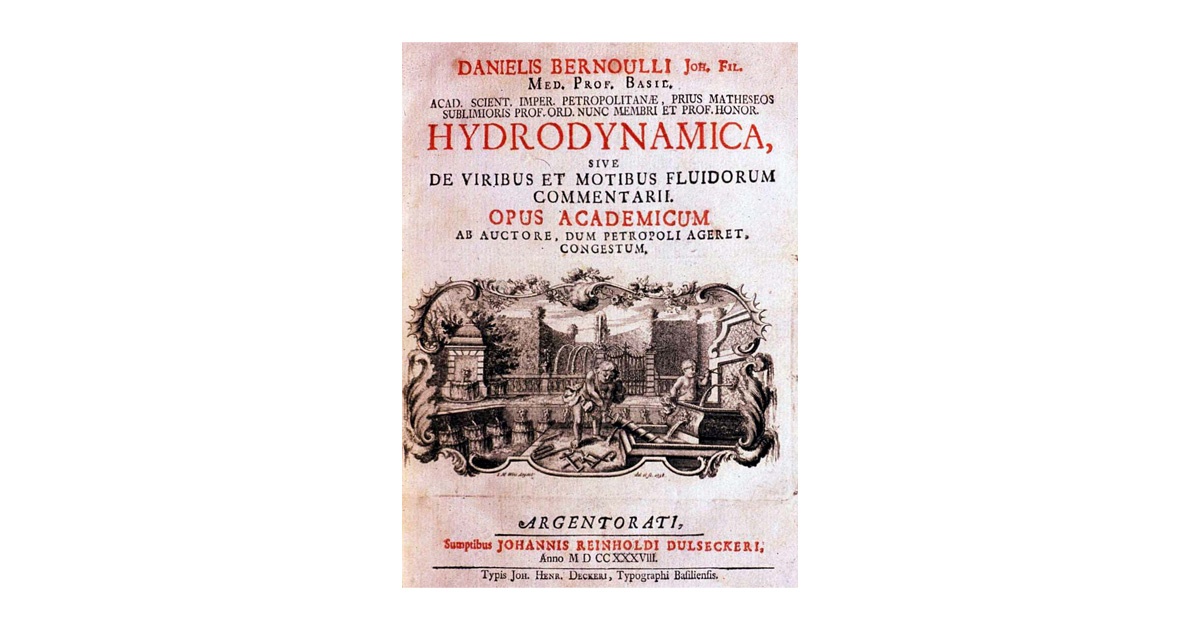
Author David Poole on 16 December 2017 David Poole's blog


David Poole
CTO / CSO | Chief Technical Officer / Chief Security Officer
David has nearly 30 years experience in the IT industry principally in banking and mobile technology. David’s motto is “get the job done”. David gained a Ph.D in Physics (solid state) from Cambridge University in 1982. He also has a Master’s in electronics from Birmingham University.
Other interests: Art, karate and weight training

Author David Poole on 16 December 2017 David Poole's blog
Named after Swiss physicist Felix Bloch, a Bloch wave (also called Bloch State; Bloch Function or Bloch Wave Function), is a type of wave function for a particle in a periodically-repeating environment, for example electrons moving in a semiconductor such as silicon (whose atoms form a crystal lattice). The application of Bloch’s theorem helps explain the formation of valence band and conduction bands in a semi-conductor. A Bloch wave description also applies to any wave-like phenomenon in a periodic medium such as photonic crystals,phononic crystals and diffraction.

Author David Poole on 14 December 2017 David Poole's blog
Cellophane was invented in 1908 by Swiss chemist Jacques E. Brandenberger. Inspired by seeing a wine spill on a restaurant’s tablecloth, he decided to create a cloth that could repel liquids rather than absorb them. In 1912 he built a machine to manufacture the film called Cellophane, from cellulose and diaphane (the French word for transparent).

Author David Poole on 10 December 2017 David Poole's blog
The Scanning Tunneling Microscope (STM) images material surfaces at the atomic level. It was developed by Gerd Binnig and Heinrich Rohrer at the IBM Research Laboratory in Rüschlikon, Zürich in 1981. They were awarded the Nobel Prize in Physics for this invention in 1986. For the STM to work, the measured sample must conduct electricity i.e. be a metal or semiconductor. The STM is particular useful for studies in the field of e.g. nanoelectronics.

Author David Poole on 9 December 2017 David Poole's blog
Formulated by Jacob Bernoulli from Basel, the Bernoulli Distribution describes events having exactly two outcomes e.g. if a flipped coin will come up heads or not, if a rolled dice will be a 6 or another number, or whether you do or do not click the “Read more” link in this post!

Author David Poole on 5 December 2017 David Poole's blog
In 1905, Albert Einstein determined that the laws of physics are identical for all non-accelerating observers, and that the speed of light in a vacuum is independent of the motion of all observers. This is referred to as the Special Theory of Relativity. It introduced a new framework for all of physics and proposed an interweaving of space and time into spacetime. A building block of his theory is that of mass-energy equivalence, defined by the most famous equation in physics, E=mc2.
In 1915, Einstein added the effects of gravitation (acceleration) to form the General Theory of Relativity.

Author David Poole on 4 December 2017 David Poole's blog
In fluid dynamics, Bernoulli’s principle, a particular example of the conservation of energy, states that an increase in the speed of a fluid occurs simultaneously with a decrease in pressure or a decrease in the fluid’s potential energy. The principle is named after Basel based mathematician Daniel Bernoulli who published it in his book Hydrodynamica in 1738. Bernoulli is regarded as the founding father of fluid dynamics. A consequence of his principle is that if the velocity increases then the pressure falls. This is exploited by the wing of an aircraft, which is designed to create an area of fast flowing air above its surface. The pressure of this area is lower and so the wing is pulled upwards
| Cookie | Duration | Description |
|---|---|---|
| cookielawinfo-checkbox-analytics | 1 year | Set by the GDPR Cookie Consent plugin, this cookie is used to record the user consent for the cookies in the "Analytics" category . |
| cookielawinfo-checkbox-marketing | 1 year | This cookie is set by the GDPR Cookie Consent plugin to store the user consent for the cookies in the category "Marketing". |
| cookielawinfo-checkbox-necessary | 1 year | Set by the GDPR Cookie Consent plugin, this cookie is used to record the user consent for the cookies in the "Necessary" category . |
| JSESSIONID | session | Used for Cross Site Request Forgery (CSRF) protection |
| sdsc | session | Signed data service context cookie used for database routing to ensure consistency across all databases when a change is made. Used to ensure that user-inputted content is immediately available to the submitting user upon submission |
| viewed_cookie_policy | 1 year | The cookie is set by the GDPR Cookie Consent plugin to store whether or not the user has consented to the use of cookies. It does not store any personal data. |
| Cookie | Duration | Description |
|---|---|---|
| _ga | 2 years | The _ga cookie, installed by Google Analytics, calculates visitor, session and campaign data and also keeps track of site usage for the site's analytics report. The cookie stores information anonymously and assigns a randomly generated number to recognize unique visitors. |
| _ga_D83559EP8M | 2 years | This cookie is installed by Google Analytics. |
| browser_id | 5 years | This cookie is used for identifying the visitor browser on re-visit to the website. |
| split | 1 month | This cookie is used to evaluate the changes to the website by checking which multivariate test the user takes part in. |
| Cookie | Duration | Description |
|---|---|---|
| bcookie | 1 year | Browser Identifier cookie to uniquely indentify devices accessing LinkedIn to detect abust on the platform and diagnostic purposes |
| bscookie | 1 year | Used for remembering that a logged in user is verified by two factor authentication |
| lang | session | Used to remember a user's language setting to ensure LinkedIn.com displays in the language selected by the user in their settings |
| li_gc | 6 months | Used to store consent of guests regarding the use of cookies for non-essential purposes |
| li_mc | 6 months | Used as a temporary cache to avoid database lookups for a member's consent for use of non-essential cookies and used for having consent information on the client side to enforce consent on the client side |
| lidc | 24 hours | To facilitate data center selection |